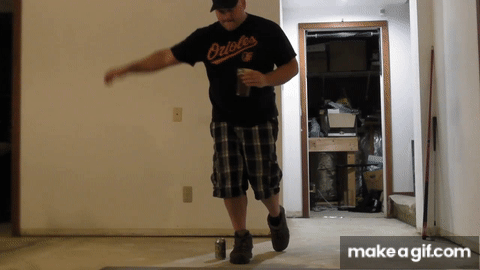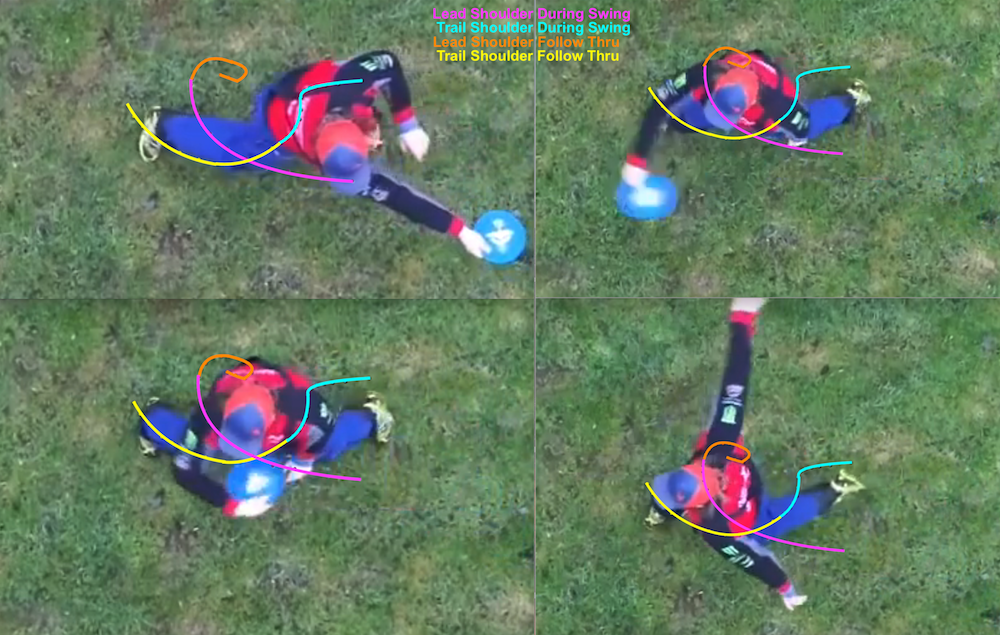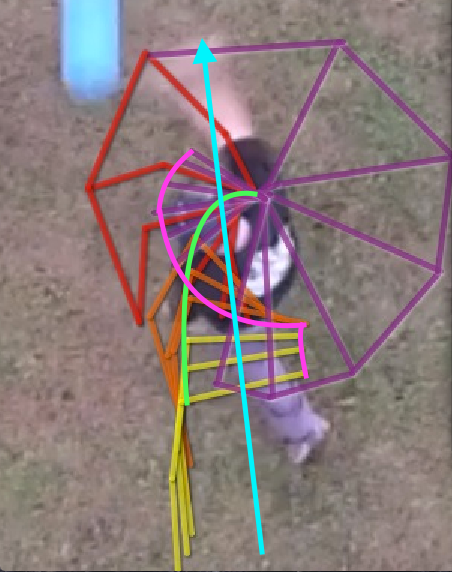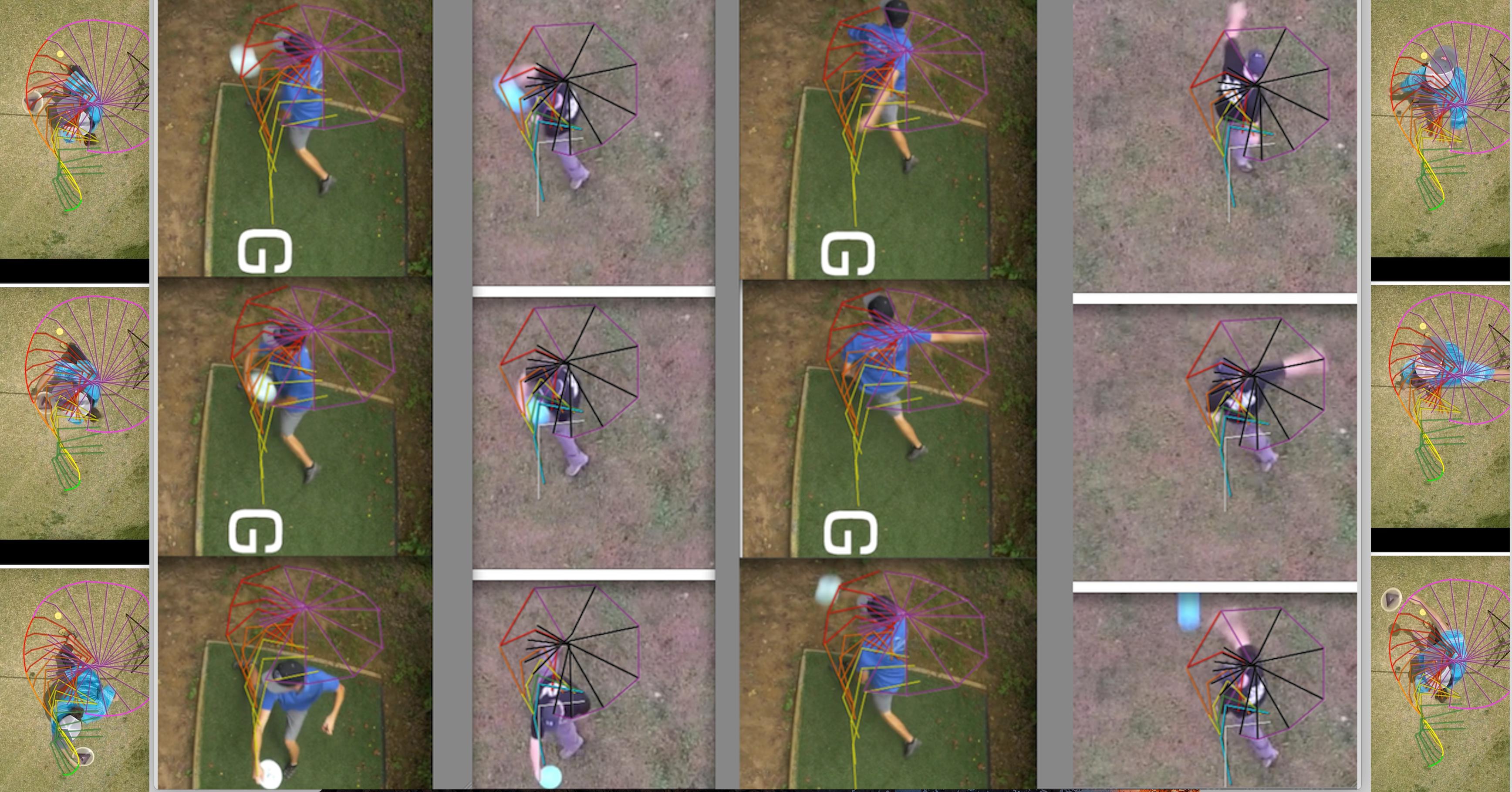
Watch very carefully for the moment right after his heel fully comes down and the foot slides forward slightly signifying brace/weight shift. At that moment his hips have already substantially rotated forward. It's also the precise moment when there is maximum separation between the hips and shoulders. I'm not making this stuff up, it's reality- what actually happens.
It seems you are making up your own reality. First you expanded brace into "strong brace" and now further expanded into brace+strong brace+foot sliding.
Are you saying is that there is a "significant lag" between toe down, heel down, and brace? If there is that much lag, maybe you are going too slowly. It is supposed to be a dynamic, athletic movement.
You can make as many GIFs as you want; until the GIF maker has demonstrated they actually know what is happening, the GIFs they make are questionable, especially when all it really amounts to is a competing account of what they "see."
Which of these carries more weight:
A. Your perception of what is happening, which goes against what experienced and knowledgeable people are saying
B. What biomechanics researchers and experts are saying, backed by data, studies, physical diagrams
Until you present evidence that amounts to more than "this is what I see and feel" it is difficult to be convinced that you know better than the established posters on the board who have demonstrated knowledge and/or success.
Another layer in the discussion is defining what is optimal. When you only focus on what people do, you are bound to observe some suboptimal things simply because people/situations are not perfect. Suboptimal doesn't necessarily mean bad, it means that there is some room for improvement.
I suppose what I want to see is evidence of what is optimal, explanations of how/why things deviate from the ideal, and an evaluation of how much those things matter.





